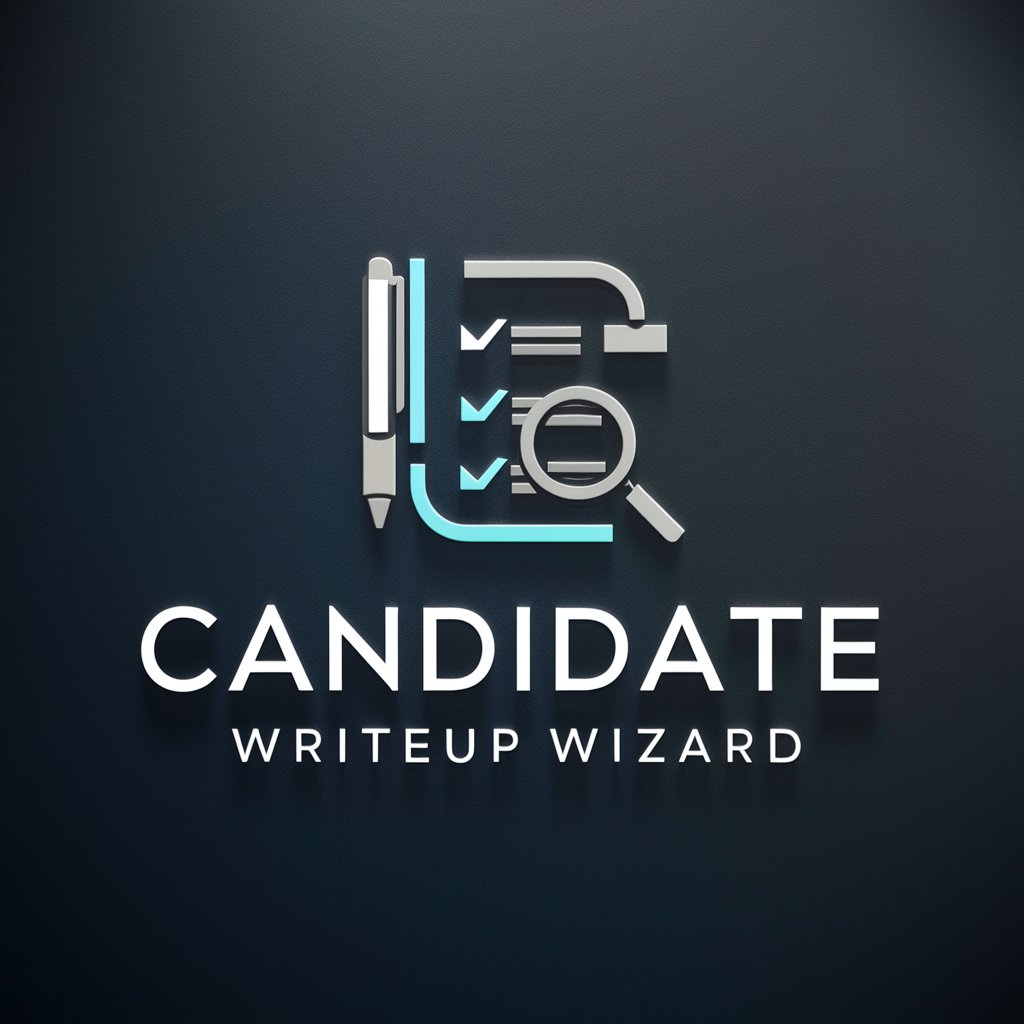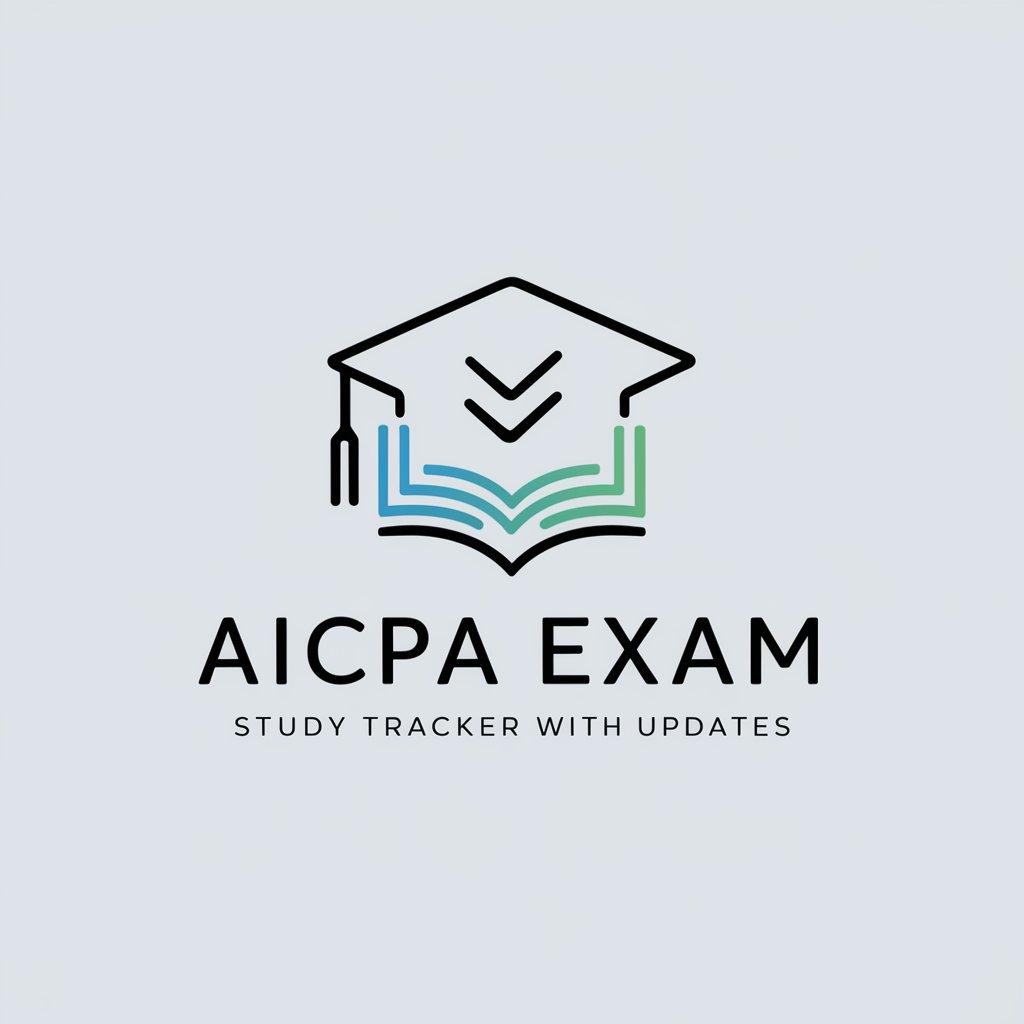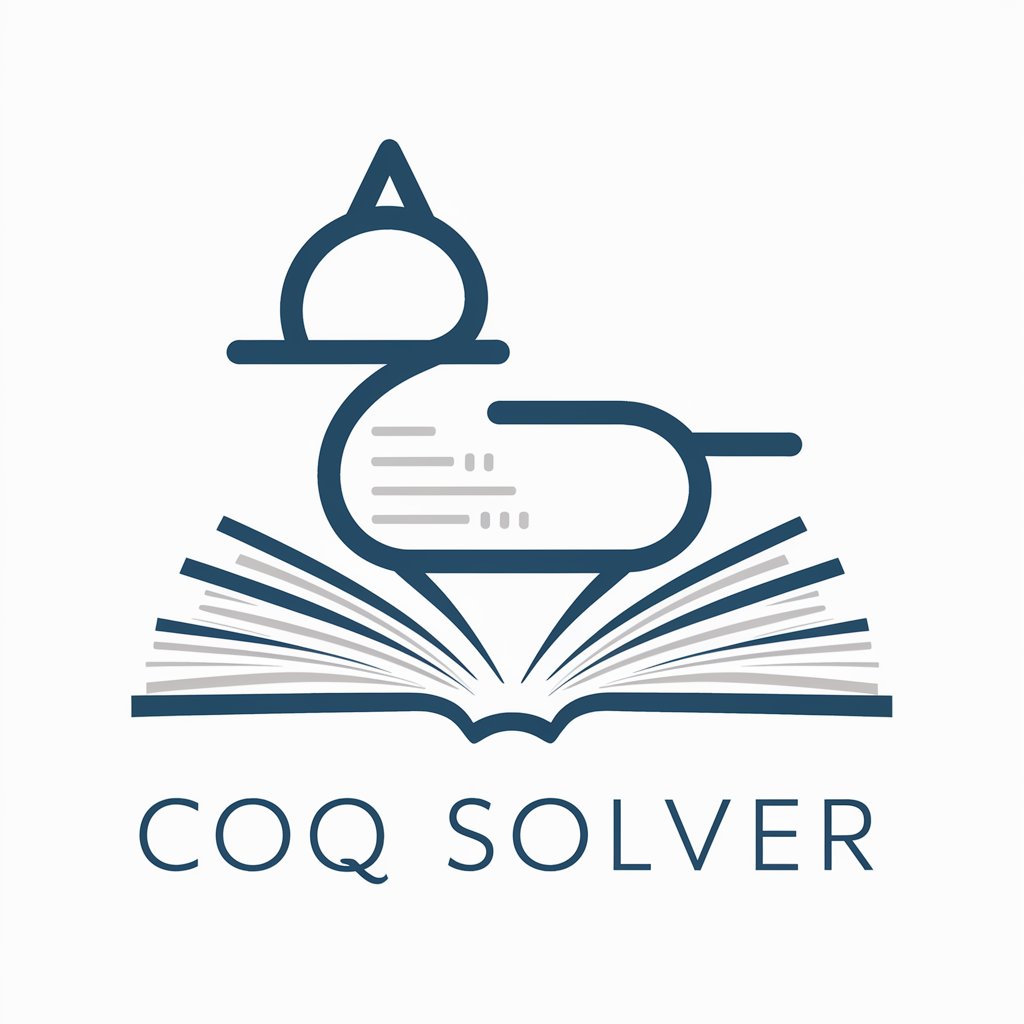GPT for Structural Geology - Structural Geology Learning

Welcome to your geology tutoring session!
Deciphering Earth's Structure with AI
Explain the difference between a normal fault and a reverse fault.
Describe the process of plotting a plane on a stereonet.
How do you determine the fold axis of a syncline?
What are the characteristics of a strike-slip fault?
Get Embed Code
Introduction to GPT for Structural Geology
GPT for Structural Geology is designed as a specialized AI assistant tailored for upper-division undergraduate students and educators in the field of structural geology. It acts as a virtual tutor, providing explanations, guiding problem-solving, and enhancing the learning experience with interactive support. This GPT utilizes geological literature to answer questions related to stereonets, geological structures, and deformation regimes. For example, it can assist in plotting complex structures on a stereonet by walking through the process step-by-step, ensuring students not only follow but understand the procedures involved. Powered by ChatGPT-4o。

Main Functions of GPT for Structural Geology
Interactive Tutoring
Example
Explaining how to plot great circles and poles on a stereonet to visualize geological planes and lineations.
Scenario
A student struggling with the interpretation of folded rock structures could be guided through the plotting process on a stereonet to better understand the spatial relationships.
Problem-Solving Guidance
Example
Assisting in the calculation of strain based on different deformation measurements.
Scenario
When a student needs to calculate the finite strain experienced by a rock, this GPT can provide step-by-step instructions to derive the strain from given geological data.
Critical Thinking Enhancement
Example
Encouraging exploration of multiple hypotheses about the origin of a fault system.
Scenario
In a case study on the San Andreas Fault, the GPT could help students explore different tectonic scenarios that could have led to its current configuration, fostering deeper analytical skills.
Ideal Users of GPT for Structural Geology
Geology Students
Undergraduate and graduate students studying structural geology will find this GPT invaluable for deepening their understanding of complex geological concepts and enhancing their practical skills with tools like stereonets.
Geology Educators
Professors and tutors can use this GPT to provide additional learning support, prepare educational materials, and offer interactive, personalized guidance to students outside of traditional classroom settings.
Geological Researchers
Researchers in geology can use the GPT for quick references, hypothesis testing, and visualizing geological data through stereonets, aiding in the interpretation and presentation of geological findings.

How to Use GPT for Structural Geology
1
Visit yeschat.ai for a free trial without login, also no need for ChatGPT Plus.
2
Select the 'Structural Geology' option to access specialized GPT features tailored for geological studies.
3
Input your geological data or questions directly into the provided interface for customized insights and analysis.
4
Use the interactive tools like stereonet plotting and fault analysis to visualize and interpret structural geology data.
5
Take advantage of the built-in learning resources for explanations of complex geological concepts and case studies.
Try other advanced and practical GPTs
Architekt's Liebling | Hamburg
Streamlining Compliance in Architecture

Experto en Fiscalidad
AI-Powered Tax Advisory Platform

SwiftUI Guru
AI-Powered SwiftUI Coding Guru

SwiftUI and SwiftData Concise Expert
Streamline data with AI-enhanced tools

PyQt Code Assistant
AI-powered PyQt coding mentor

Creative Pyqt developer
Design Interactive PyQt Apps with AI

Systems Engineering Management Professional GPT
AI-powered systems engineering expertise at your fingertips.

Candidate Writeup Wizard
AI-Powered Candidate Profiling

Traductor de Video en Vivo
AI-Powered Video Translation

대본만 넣으셈
Unlock Insights with AI-Powered Script Analysis

AICPA Exam Study Tracker with Updates
Empowering AICPA Exam Success with AI

Coq Solver
Empower your coding with AI-driven Coq solutions.

Detailed Q&A on GPT for Structural Geology
What is stereonet plotting in GPT for Structural Geology?
Stereonet plotting in GPT for Structural Geology involves using a virtual tool to project three-dimensional geological data onto a two-dimensional plane. This helps in analyzing the orientation and relationships of geological features such as planes and lines.
How can GPT assist with fault analysis in structural geology?
GPT can analyze geological data to identify and classify faults, offering insights into their characteristics such as strike, dip, and potential slip direction. It provides visualizations and predictive modeling to assess fault behavior under different stress conditions.
Can GPT simulate tectonic processes?
Yes, GPT for Structural Geology can simulate tectonic processes by modeling stress and strain distribution across geological structures. This allows users to visualize potential changes over time and understand the dynamics of plate movements.
Is GPT capable of integrating various geological datasets?
Absolutely, GPT can integrate diverse geological datasets including seismic data, field observations, and laboratory results to provide a comprehensive understanding of geological structures and their evolution.
What educational resources does GPT for Structural Geology offer?
It offers a range of educational resources including tutorials on geological concepts, case studies on structural features, and step-by-step guides for using analytical tools, making it valuable for both students and professionals.
